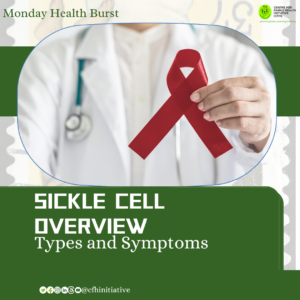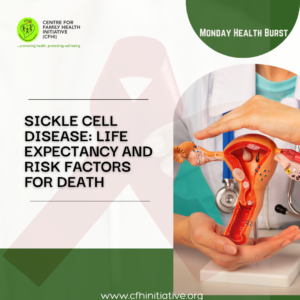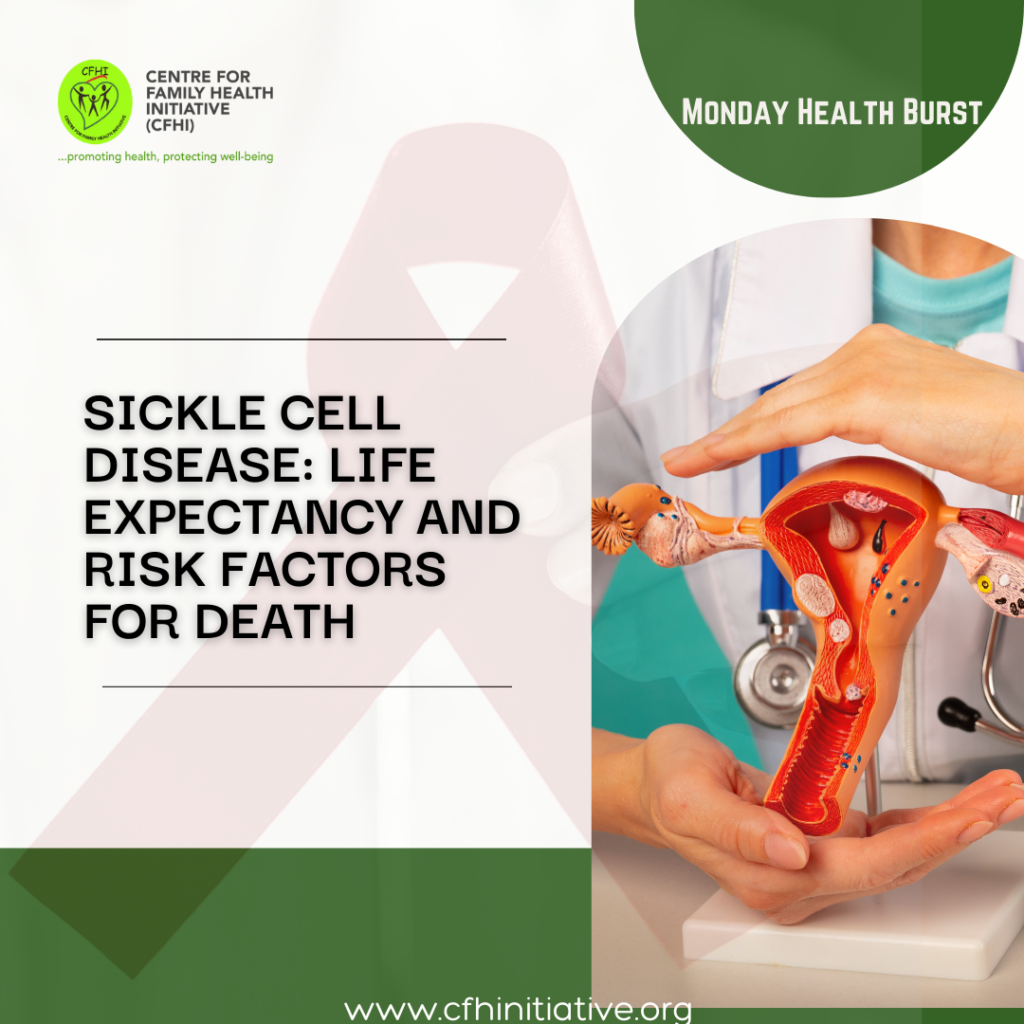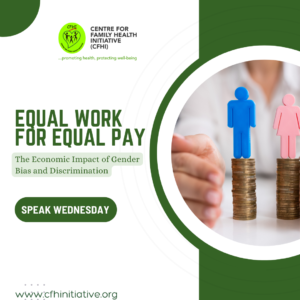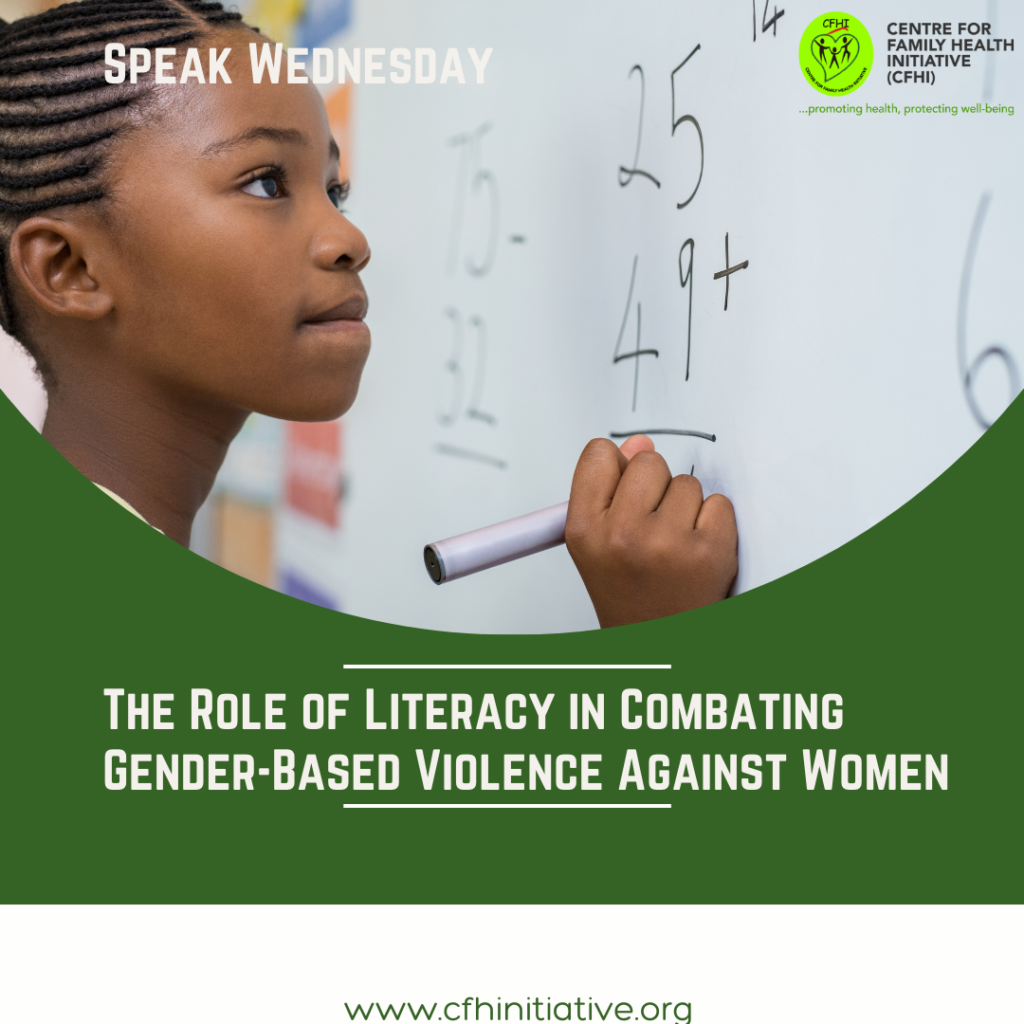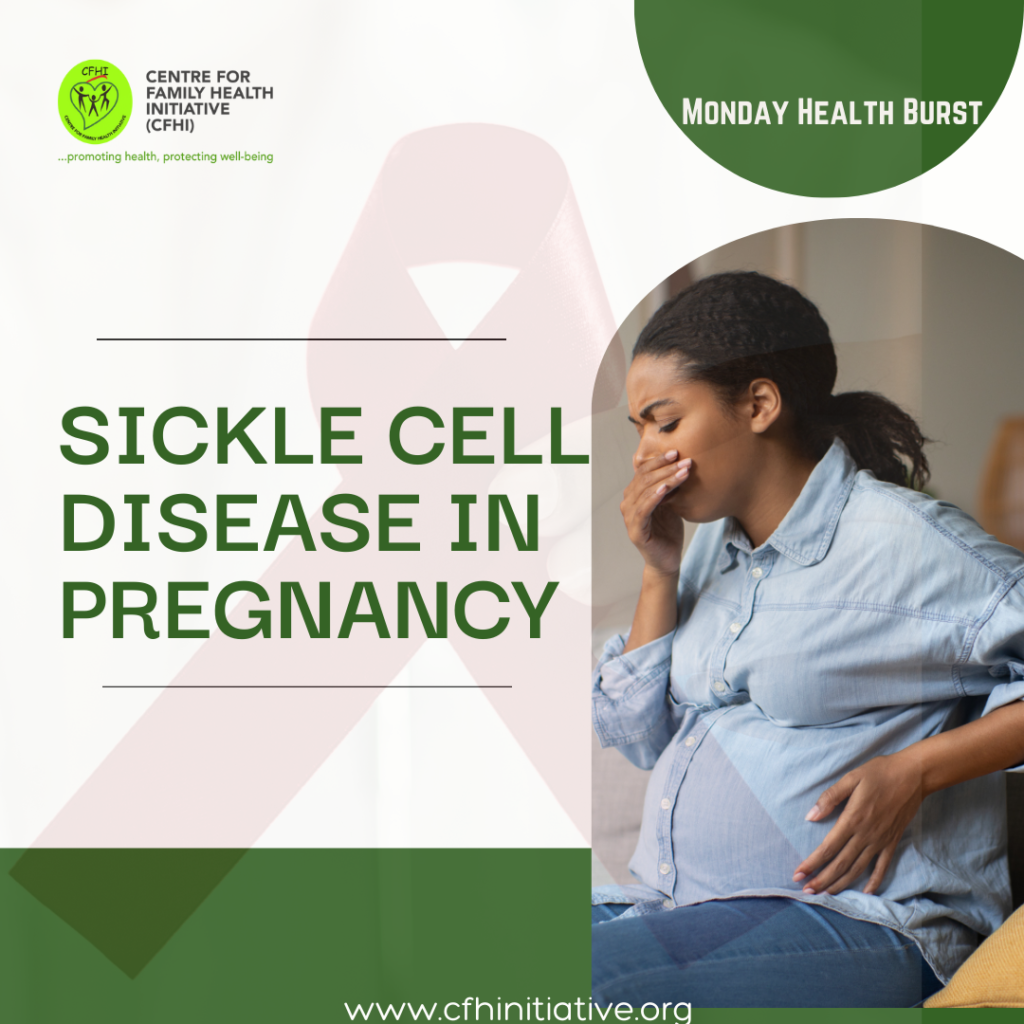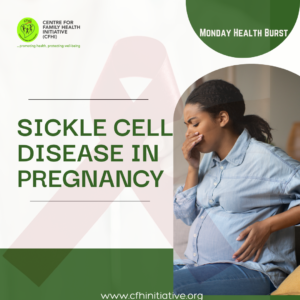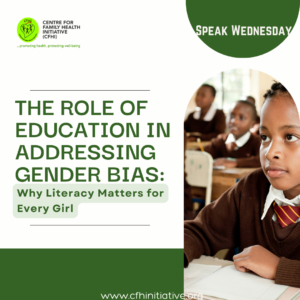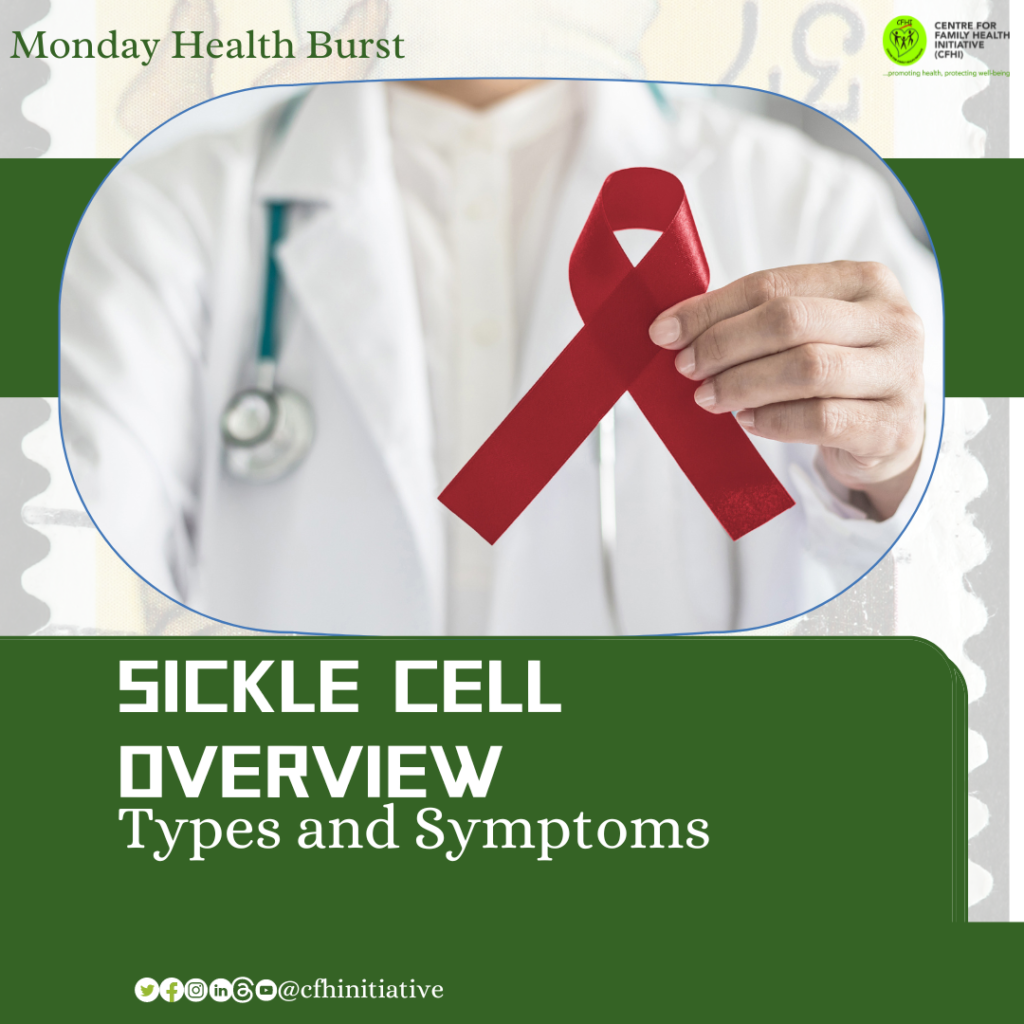Sickle cell disease (SCD) is a group of inherited blood disorders that primarily affects the structure and function of hemoglobin, the protein in red blood cells responsible for carrying oxygen throughout the body. Individuals with SCD have abnormal hemoglobin, known as hemoglobin S, which causes red blood cells to become rigid, sticky, and crescent-shaped, resembling a sickle. These deformed cells can obstruct blood flow, leading to a range of complications and symptoms.
Types of Sickle Cell Disease
Sickle cell disease encompasses several related conditions, the most common of which include:
Sickle Cell Anemia (HbSS):
This is the most severe form of SCD and occurs when an individual inherits two sickle cell genes (one from each parent). The red blood cells primarily contain hemoglobin S, leading to frequent complications.
Sickle Hemoglobin-C Disease (HbSC):
This type occurs when an individual inherits one sickle cell gene and one gene for hemoglobin C. Hemoglobin C is another abnormal form of hemoglobin, but it’s less severe than hemoglobin S. People with HbSC generally have milder symptoms compared to those with HbSS, though they can still experience significant health issues.
Sickle Beta-Plus Thalassemia (HbSβ+):
This form results from the inheritance of one sickle cell gene and one gene for beta-thalassemia, a condition that reduces the production of hemoglobin. The severity of symptoms in HbSβ+ can vary, but they are typically milder than HbSS.
Sickle Beta-Zero Thalassemia (HbSβ0):
This is another form of SCD where the individual inherits one sickle cell gene and one gene for beta-thalassemia. In HbSβ0, the beta-thalassemia gene causes little to no hemoglobin production, making this condition as severe as HbSS.
The symptoms of SCD vary depending on the specific type, but there are common manifestations that many individuals with the condition experience:
Anemia:
The sickle-shaped cells are fragile and prone to breaking apart, leading to a shortage of red blood cells (anemia). This can result in fatigue, weakness, and paleness.
Pain Crises:
Known as vaso-occlusive crises, these episodes occur when sickled red blood cells block blood flow through tiny blood vessels, causing severe pain. Pain can occur in various parts of the body, including the chest, abdomen, and joints.
Swelling of Hands and Feet:
Also known as dactylitis, this symptom is common in infants and young children. It is caused by sickled cells blocking blood flow in the small bones of the hands and feet.
Frequent Infections:
SCD can damage the spleen, an organ that helps fight infections. This makes individuals with SCD more susceptible to infections, particularly pneumonia.
Delayed Growth and Puberty:
Due to chronic anemia and lack of oxygen-rich blood, children with SCD may grow more slowly and reach puberty later than their peers.
Vision Problems:
Sickle cells can block tiny blood vessels in the eyes, leading to damage to the retina and causing vision issues.
Acute Chest Syndrome:
This is a life-threatening complication resembling pneumonia, where sickled cells block blood vessels in the lungs, causing chest pain, fever, and difficulty breathing.
Stroke:
Children and adults with SCD are at risk of stroke due to blocked blood flow to parts of the brain. This can result in severe neurological complications.
Sickle cell disease is a complex and serious condition that requires ongoing medical care and attention. While there is no universal cure, treatments such as pain management, blood transfusions, and bone marrow transplants can help manage symptoms and prevent complications. Advances in research and therapies continue to improve the quality of life for those living with this challenging disease.
